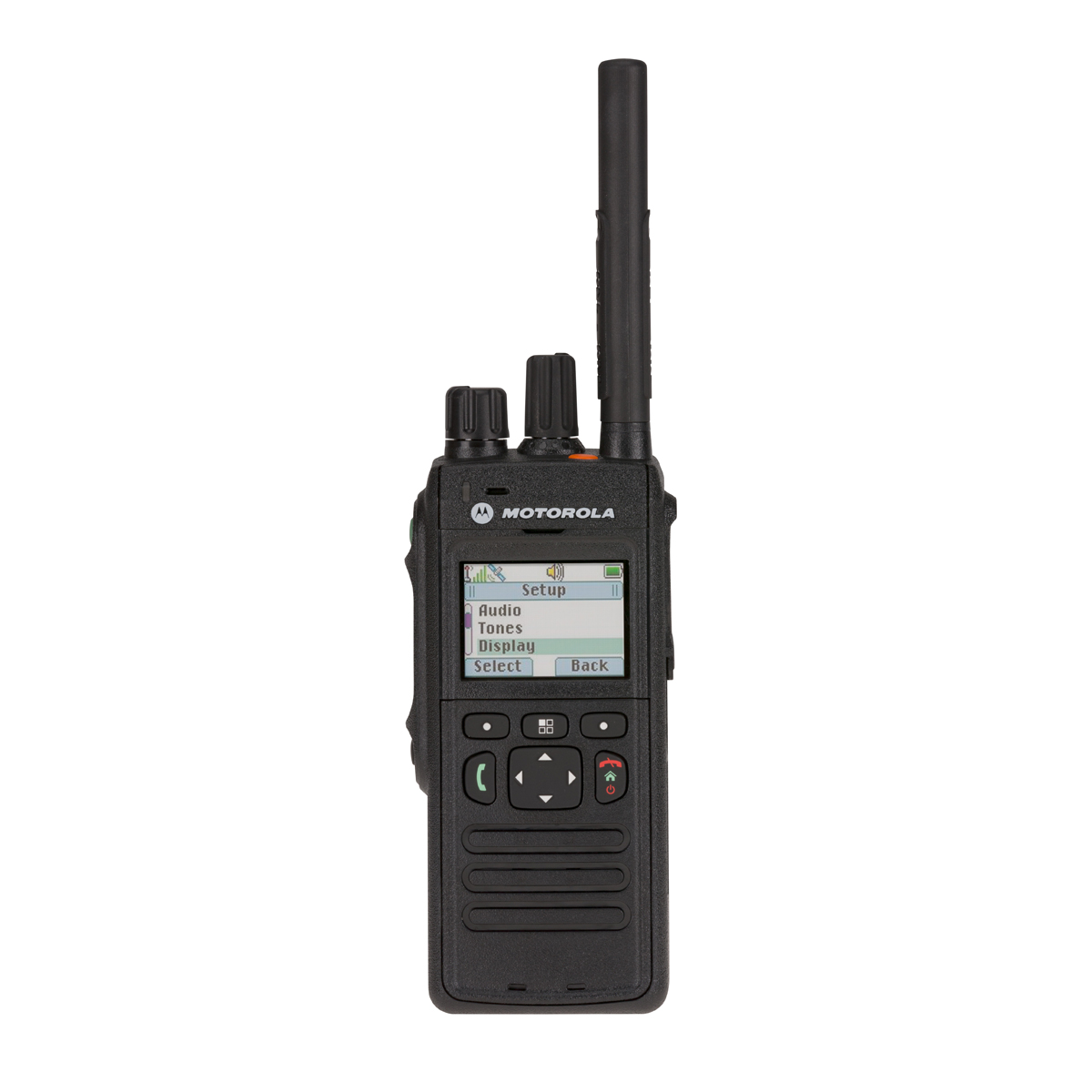1) Clarity of communication
The most important reason as to why you have a radio is for clear communication and this is what your radio earpiece should enhance . Although there are several radio earpieces out there, many of them use bone conduction when transmitting the user’s speech meaning that they heavily rely on vibrations of one’s skull as they talk. This does not help much in ensuring that the communications are clear especially when one is on the move.
You should therefore go for a system whose in-ear microphone does not use b one conduction and this will enhance the sound clarity. Such a system can even transmit speeches when one is whispering and this comes in handy especially when in an environment where secrecy is very crucial.
2) Comfort
It is very important to select a system that you feel comfortable with most importantly when you are to wear it on your head. Note that, you will probably be wearing the gear for long hours and that is why it should be of lightweight and should not in any way interfere with your eye wear or helmet.
Avoid heavy, sweaty and coiled tube earpieces that are very uncomfortable and will cause ear fatigue. Instead, go for a radio earpiece whose microphone is built into the earbud itself. Such earpieces come in various shapes and sizes and can even be customized to fit the specific needs of a user. Note that, military-grade materials are specifically designed to be of lightweight.
3) Durability
Durability is a very important factor that should be considered when choosing a radio earpiece. You obviously don’t want to be wasting your time and money going back to look for another earpiece just because the one you chose did not last. This is why it is very important to select a system that is durable and has been tested for rugged use of a soldier or a SWAT officer. Go for one whose manufacturer is experienced in manufacturing earpieces that can withstand water, dirt, shock and even extreme temperatures.
4) Ease of use
Your radio earpiece should be easy to use because you can’t afford to mess up with the push-to-talk or the on & off buttons especially when on the move. Your gear should immediately fit into your actions with minimum effort. Look at the operational and the ergonomic features of the various radio earpieces and make sure that all its features are both of the right sizes and in the right places.
5) Hearing protection
Claims related to hearing loss and its related dis abilities is on the rise among police & military veterans and this has led to the need for hearing protection for officers. Note that, hearing loss occurs cumulatively over time and it is irreversible. This is in addition to the fact that it has been associated with cognitive decline and that is why even the minor hearing loss can have a huge impact in the course of time. Select a radio earpiece that not only ensures effective communication, but also the hearing safety of the user.
6) Situational awareness
An earpiece is basically meant to keep you focused and keep your hands free. You should be aware of what is happening in their surrounding and that is why a radio earpiece should allow one to hear sounds that are outside, to stay alert with their surroundings.
In order to have full communications (just like one would have without anything in their ears), it is wise to choose a radio earpiece that has an external microphone. There are systems that even enable you to adjust volume of the external microphone and this ensures that you are aware of the happenings in your surroundings.
7) Modularity & Compatibility
There are several systems that are available out there and you should look for one that fits your requirements. As mentioned above, some of them can be customized to fit an individual user’s specific needs so you can never run out of options.
A radio earpiece that has a modular connector is good as you can change it to match even a different radio without having to replace the entire system. Some systems can even go with both earbuds and over-the-ear earpieces so depending on your needs, select the appropriate system.

8) Affordability
Many years ago radio earpieces cost £100 and upwards, these days you can get a D-ring earpiece for less than £15 and an acoustic tube for about £25. Bone conductor earpieces that were previously and expensive piece of technology, can be yours for about £40.
